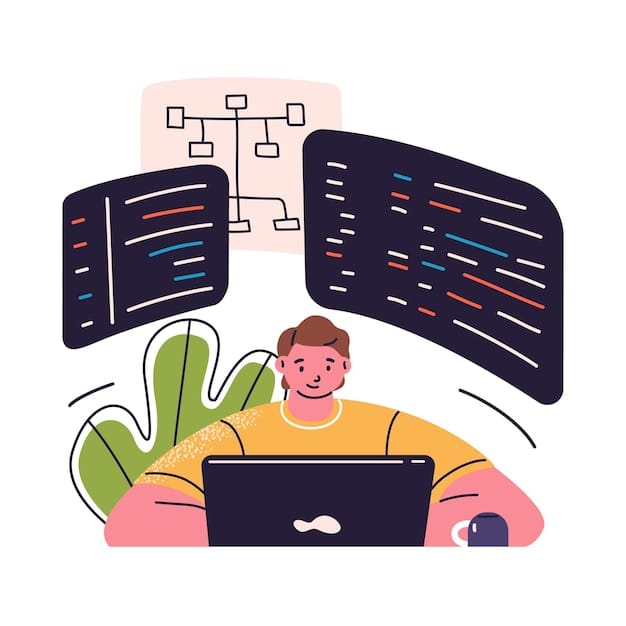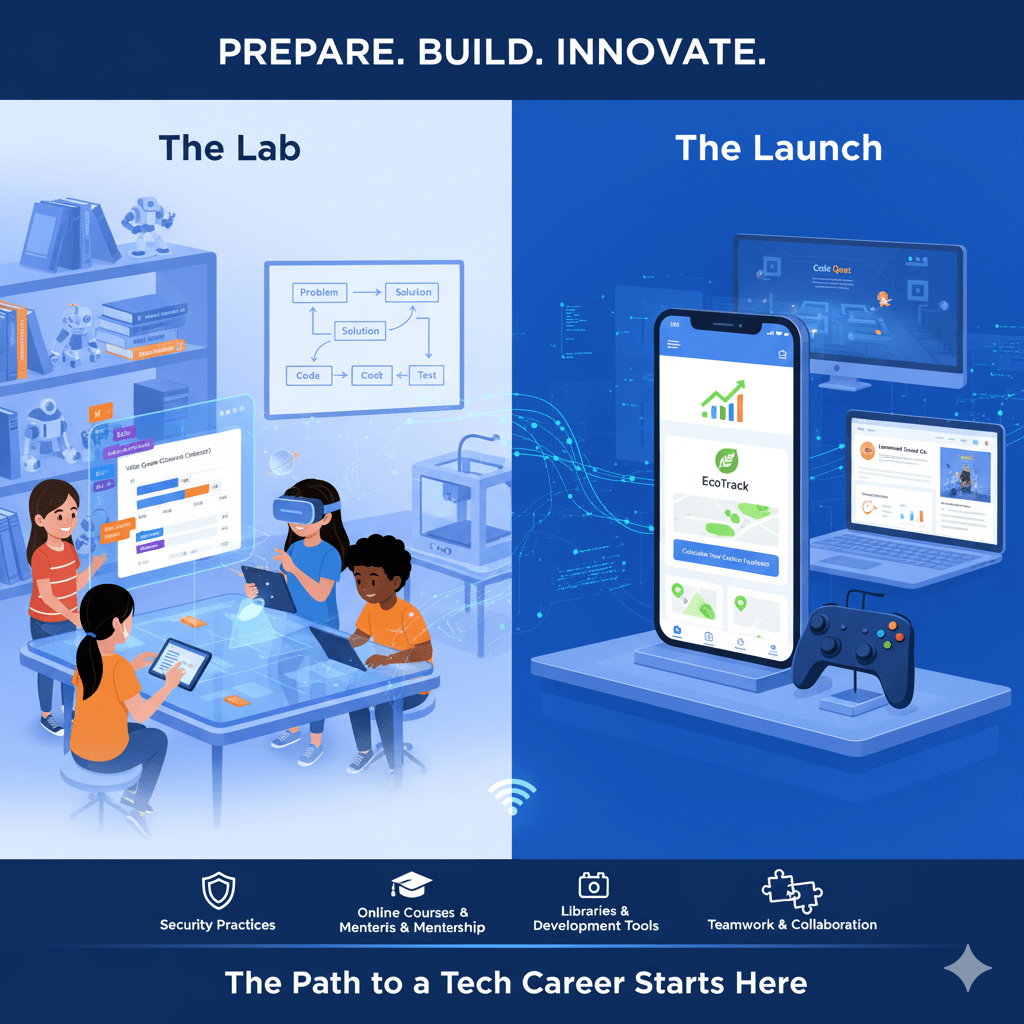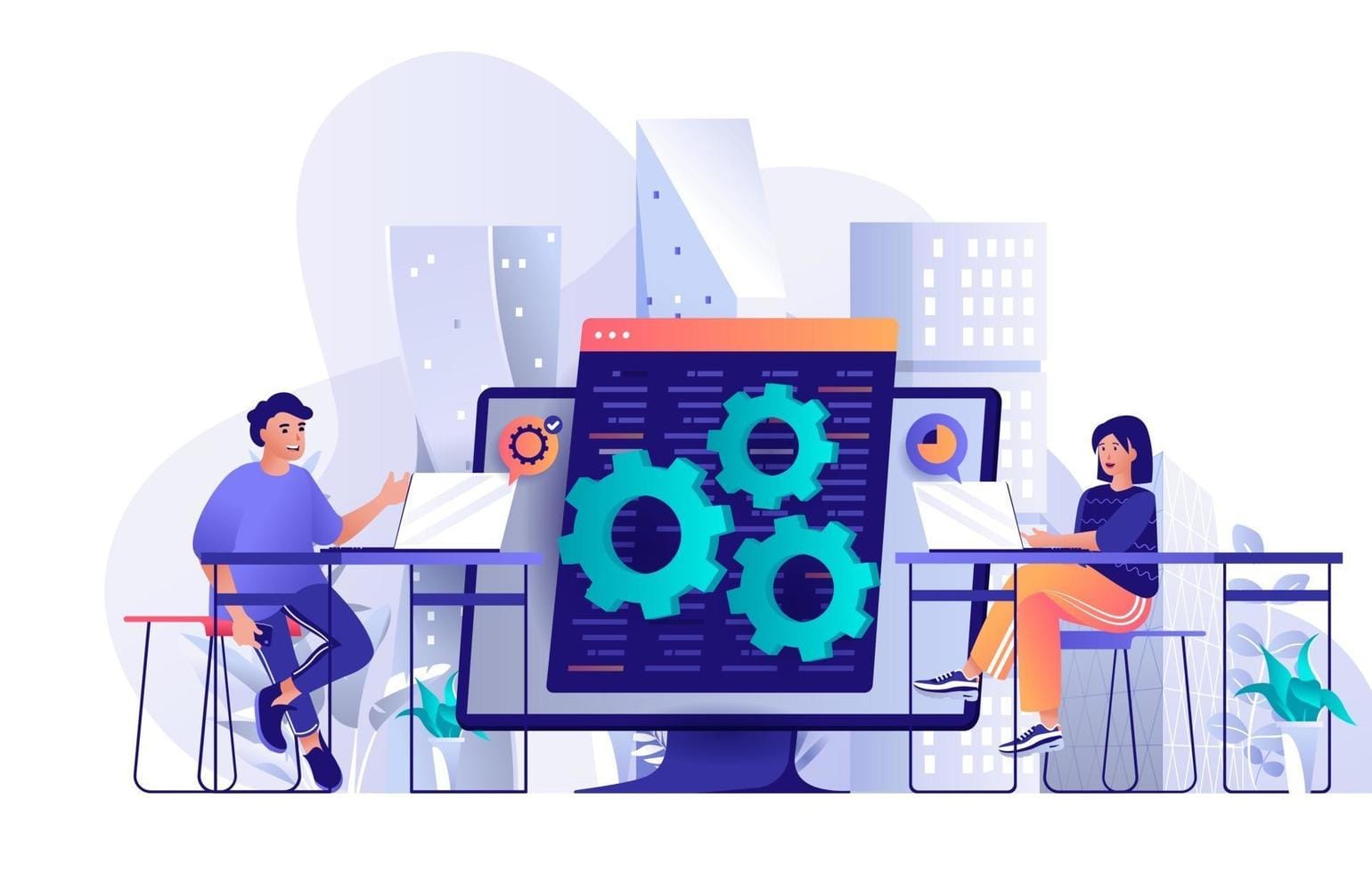Understanding Loops, Functions, and Logic in Codeyoung’s Coding Classes for Kids
Our philosophy at Codeyoung is that coding is not merely typing lines of code: it is the pathway to developing problem-solving capabilities, logical patterns, and confidence. We mean much more than rote instruction in syntax or the learning of rules.
Instead, we are concerned about making children learn the why behind the code so that they can apply things in their own creative way and be able to work independently. Combining structure, logic, and fun, we ensure that every child gains a genuine interest in programming.
Part of how we do this is by teaching fundamental programming concepts (such as loops and functions) in a kid-friendly, interactive manner. Although these concepts may seem like a lot of technical jargon, we find that students can easily relate to them through graphs and diagrams, games, and related exercises.
It can be seen in animation through loops that animate a character, as well as functions that minimize the coding required for a game. This allows children to experience the effect of these building blocks in action.
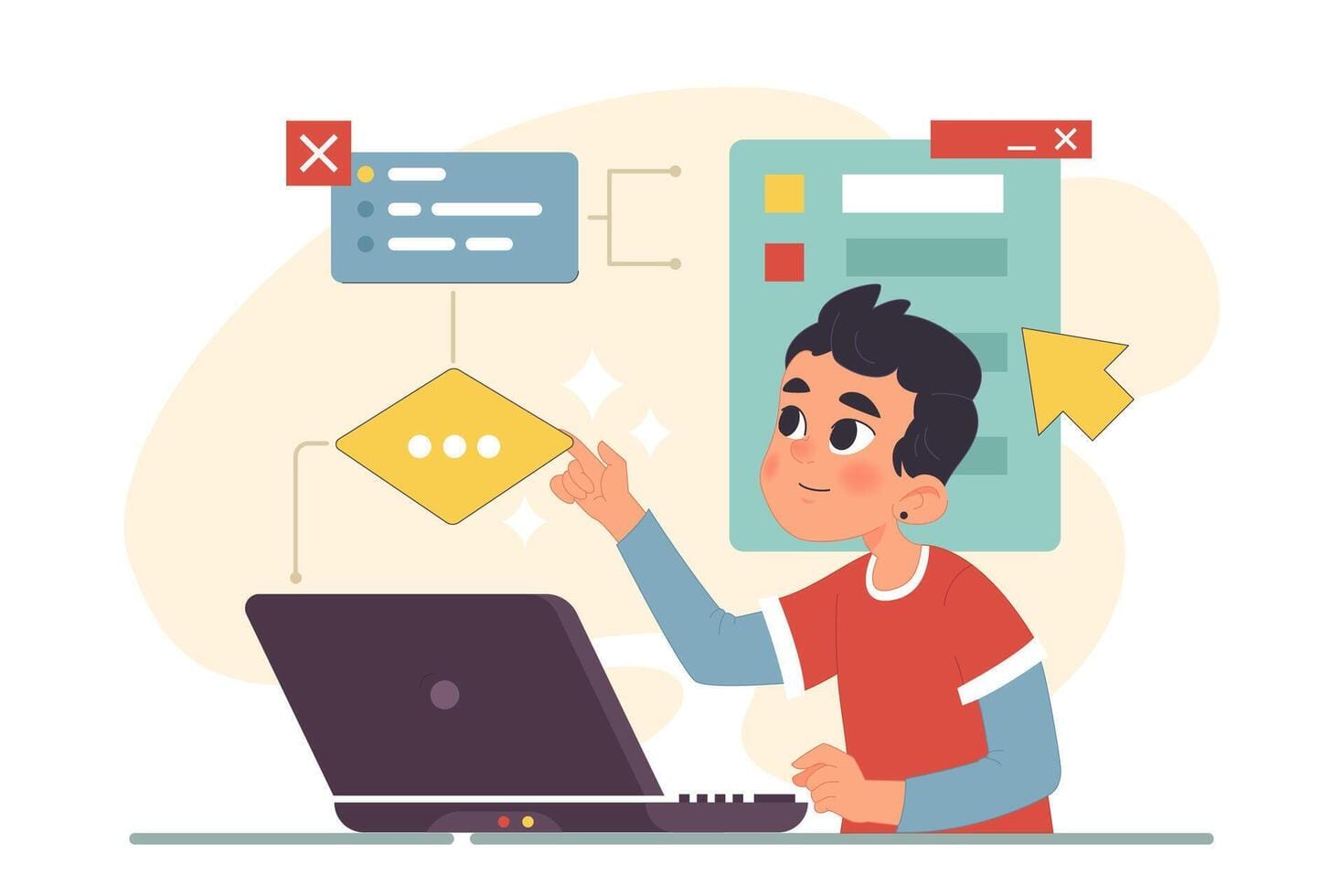
Of equal interest is the way these lessons build logical thinking. Coding also helps children decompose significant issues into smaller ones that fit within their abilities; loops and functions are an ideal way to do this. They not only assist the student in creating efficient programs but also teach him how to think systematically, which is an advantage to the student, not only when he is in front of the computer.
In the following blog, we shall look at how loops, functions, and logical thinking are presented and cultivated in our coding classes for children. Whether it is through interactive play or 21st-century real-world applications, you'll discover how Codeyoung offers skills, confidence, and a positive attitude in approaching any coding venture and enjoying the process.
What Are Loops and Functions in Programming?
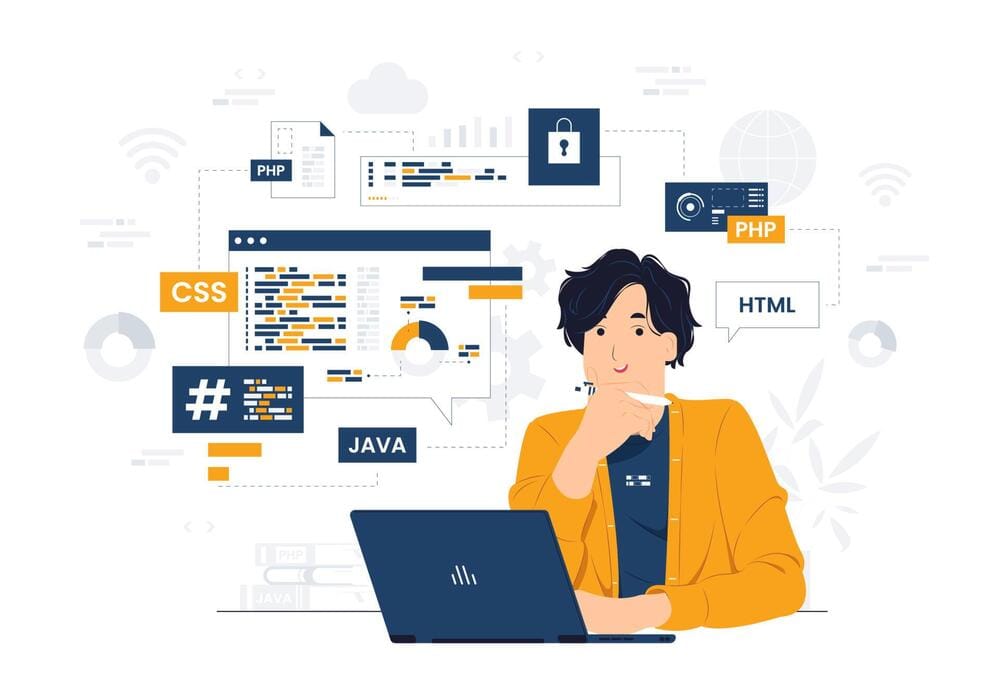
Functions and loops in programming are among the most significant building blocks of modern programming. A loop enables programmers to perform a series of commands repeatedly, rather than retyping them, line after line. As an example, when one character in a game has to jump ten times, it can easily be achieved using a loop on a couple of lines of code.
This will save time, ensure fewer errors, and also teach children how to identify patterns in what they are doing. A function, though, is a special box; it is a thing where we can put a piece of code that we may need to execute more than once. Rather than rewriting the same lines of code multiple times, kids can call the function wherever it is required.
This makes their programs clean, orderly, and comprehensible. Young coders can feel up to software that is on a larger scale by developing early abilities to manipulate loops and functions.
They are taught not just about how to write cleaner and more efficient programs but how to think and logically separate the problems into small and manageable units—a skill which will be helpful to them anywhere in life.
Why Loops and Functions Matter for Beginner Programming Concepts for Children
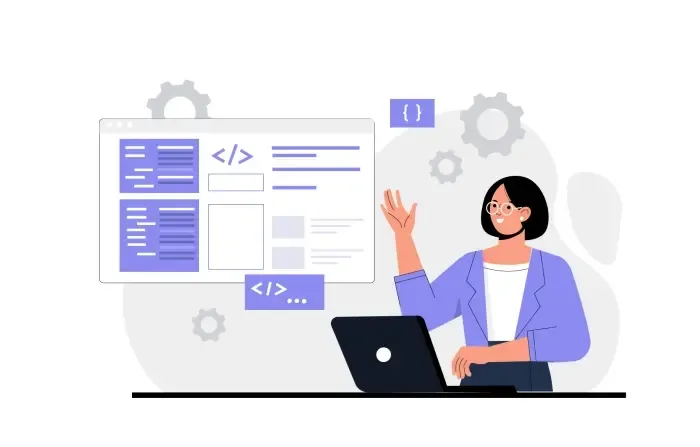
After being exposed to loops and functions early on in the coding process, children begin to see patterns in other areas of logic and structure as well. Not only does this make the arts less intimidating, but it also prompts the need to know what is going on behind the scenes.
The loops introduce the strength of repetition and automation. Children know that they do not need to type the same code each time over again, they can use a loop to repeat procedures easily.
This makes the coding process much more efficient and helps them comprehend how computers respond to repeated actions in games, animation, or real-world applications.
In the younger learners, functions enable them to divide problems into small bits that are easy to deal with. Breaking code down into rewritable sections allows children to concentrate on tackling one aspect of a challenge at a stretch.
This method keeps projects clean, facilitates the debugging process, and creates confidence since users get to see all the pieces of the work slowly build up.
Loops and functions in programming together are the bones of nearly all the programs that a child will write. In addition to coding, these concepts develop critical thinking and enhance problem-solving and analytical thinking skills, which students will find useful both in school and in day-to-day decision-making. Logic Building Through Coding – How Kids Learn Functions and Loops in Coding.
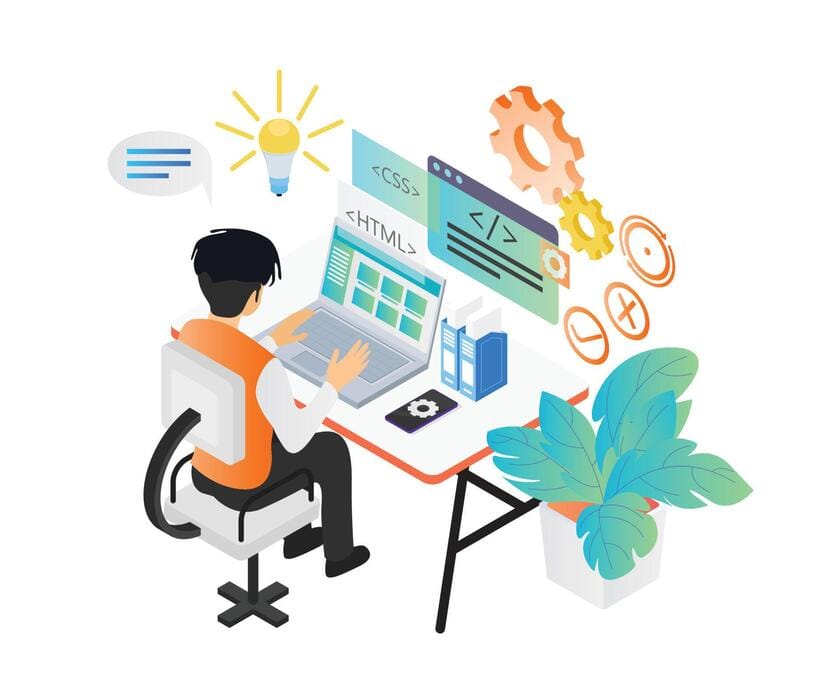
Children do not memorize logic used in coding, but rather develop that skill by operating it using their hands. At Codeyoung, we have a well-organized curriculum that allows kids to build up robust skills in computational thinking, and loops and functions in programming are perfect to get started.
Visual and Hands-on Learning in Codeyoung's Classes
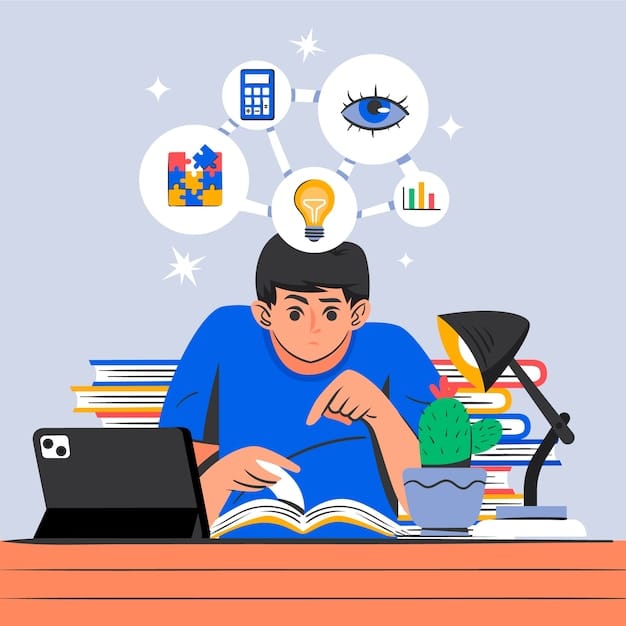
Children learn better when they can see what they’re doing. Through drag-and-drop platforms like Scratch or Tynker, and progressing to languages like Python, students visually explore loops and functions in programming before applying them in text-based coding.
Interactive lessons allow children to play with loops to discover the principle of repetition, as well as functions to learn how they can be divided into smaller parts that can be reused.
They are presented in a progressive manner that begins with easy visual coding lessons and continues through the use of text-based programming, to keep children assured at each stage.
When learning about creative projects such as constructing an animation sequence, designing and creating a game, or even constructing a simple application, students have the opportunity to see how loops and functions in programming make their creativity a reality.
Better still, they start reasoning in a problem-solving way: they spot patterns, make forecasts, and organize effective solutions.
This analytical reasoning not only helps them become a more efficient coder, but it also allows them to acquire skills that can help them both at school and with their hobbies and personal problems.
Real-Life Examples for Understanding Different Programming Languages
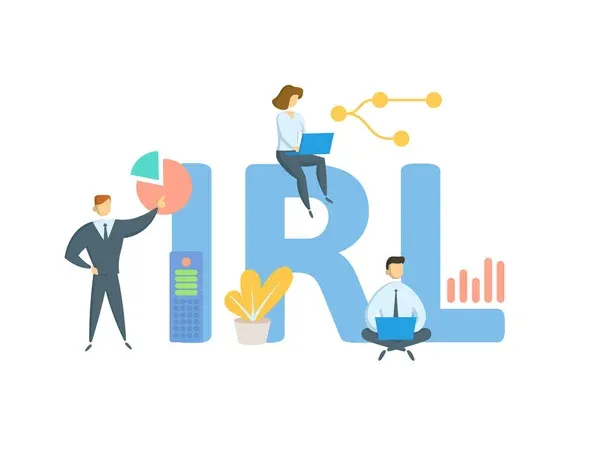
It is typical of children to learn best when they can look at and play with the outcome of their efforts. At Codeyoung, we leverage this by having students start on platforms like Scratch and Tynker, which utilize visual coding.
The programs employ color-coded, drag-and-drop blocks to symbolize programming commands, making concepts like loops and functions in programming tangible and understandable.
As a case in point, kids no longer need to write scripts of lines of text to get a character to dance on the screen. They can snap together a repeat block, and the animation on the screen repeats immediately.
This real-time visual feedback assists them to learn cause and effect, and how each coding component works in a program. The students advance to the point of learning to program using a text-based approach, utilizing easy-to-learn programming languages such as Python.
In this case, they are introduced into the practice of using the same loops and functions that they have learned graphically, but now they are introduced to typed code.
This process makes a smooth transition between free explorative experiences and the expert skillset of code development in students who do not lose their confidence after establishing a firm ground during the early stages of learning in the future.
When it comes to taking on more complicated projects, these students are already knowledgeable not only about what loops and functions are, but also about how and why they do what they do.
How Codeyoung’s Coding Classes Introduce and Reinforce Loops and Functions

At Codeyoung, we understand the power of teaching kids the concepts of coding, such as loops and functions, not only by getting them to understand it but also by having it in a fun and meaningful context.
That is why our learning method combines a more formal lesson with imaginative, project-based activities and real-life problem solving. The fun begins at the very simplest levels of practising using code languages, using playful mini-games and activities that young learners can engage with through code.
An example of this is that a student may loop a character to cause it to dance or repeat an element in a digital painting. These minor victories are confidence builders and help them understand how a small block of code can deliver significant results.
Then we take them through class projects at which they thread hooks and functions into more elaborate projects, including interactive animations, basic games over video, or narrative applications.
As kids apply these notions to their creative — practical setting, they start to grasp not only the workings of loops and functions, but their strength in the programming world.
Young learners may find abstract concepts daunting, particularly in coding. This is why we relate each concept to common scenarios relevant to it. We typically use an example of you brushing your teeth every day in explaining loops.
It is a repeat pattern that follows a set sequence of actions, which you repeat unconsciously. This can be simplified as kids can associate themselves with the concept of a loop that repeats a given set of instructions in some program.
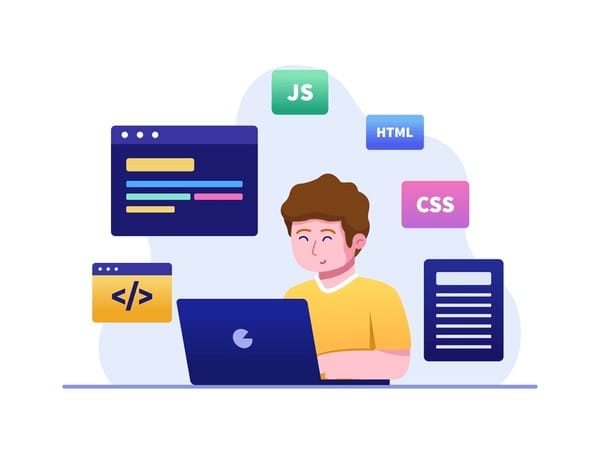
At Codeyoung, our curriculum is specifically designed to meet the needs of learners at different stages. Pre-readers can start learning coding through block-based platforms, where they see immediate results as they create fun projects, such as a simple weather app.
As students grow, they explore various aspects of programming — from understanding variables to tackling more complex topics that prepare them to build websites or design interactive games.
For older kids and older students ready for a faster pace, we incorporate text-based coding and advanced tools inspired by platforms like Khan Academy, ensuring they continue to be challenged and engaged every step of the way.
Frequently Asked Questions
Why are loops and functions taught early in Codeyoung’s beginner coding concepts for children?
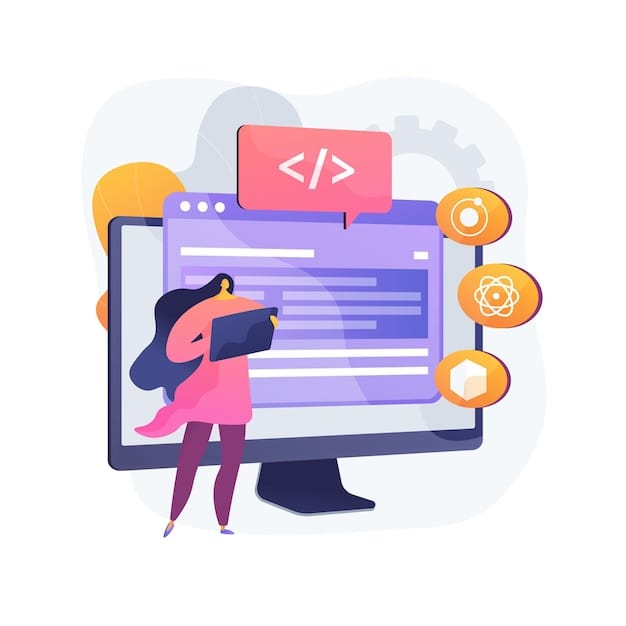
In the case of functions, we take the analogy of a recipe to make your favourite sandwich. When you write down the recipe, you will be able to repeat it every time you desire that same sandwich without having to re-invent the good old recipe again.
Equally, a subroutine in programming is a bundle of code that you can access (or call) repeatedly when needed, saving time and staying organized.
Most coding projects are based on loops and functions. By introducing them at an early age, we enable children to acquire problem-solving skills and computational thinking as early as possible.
Such skills not only facilitate easier learning of programming but also increase the possibility of succeeding in any STEM subject, as they train children how to think logically and work efficiently.
What tools are used for building problem-solving skills through coding in classes?
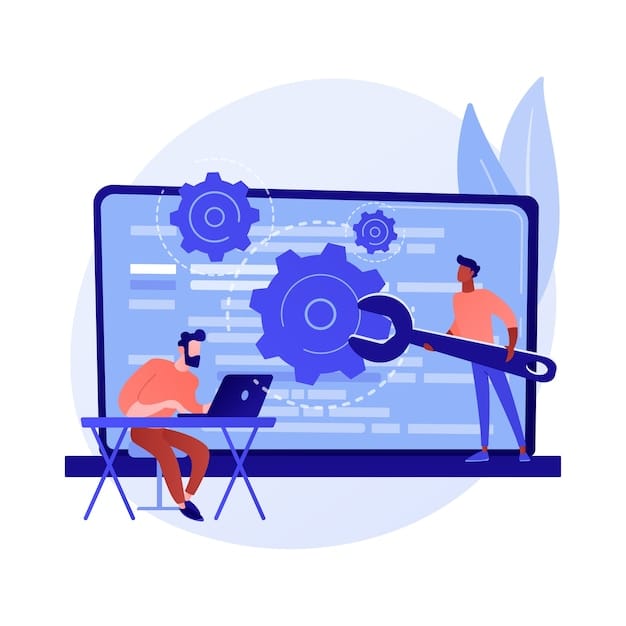
We also teach using visual programming languages such as Scratch and Blockly, as well as Python entry-level environments. Children can model logic and organization on such platforms and learn to comprehend abstract concepts with the use of an interactive and straightforward interface by visual means.
How do kids progress from block coding to real programming languages?
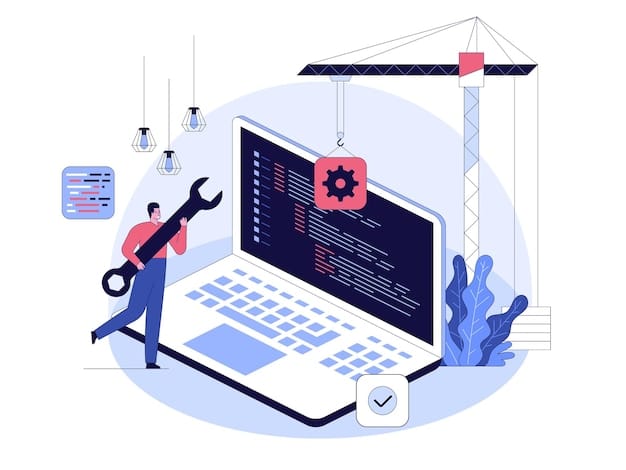
We begin with a drag-and-drop style of coding where students learn to code visually, such as mastering loops and functions. When they are comfortable, they move onto syntax-driven languages like Python and use the same logic they have used when they were coding blocks to actual programming code.
Can you give an example of how kids learn coding using functions and loops?
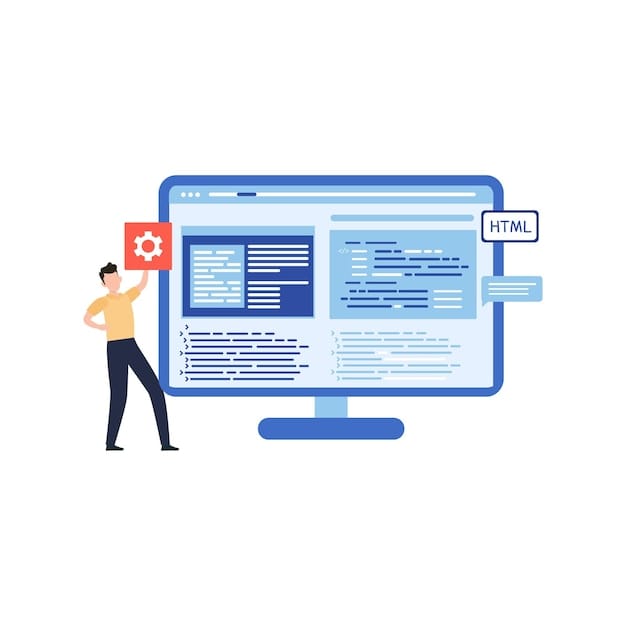
Absolutely! The first one is by creating an animation, where a figure dances or moves in patterns. Loops allow the character to perform the actions repeatedly, and the functions prevent the need to write out code again by storing multiple instructions, such as jump, move in a forward direction, or spin, so that they can be reused.
What outcomes should parents expect from logic building through coding skills at an early age?
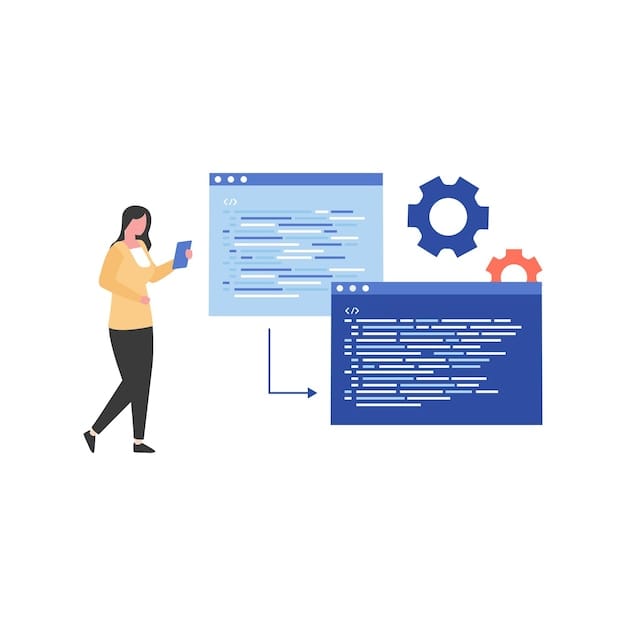
The parents should be able to notice the enhanced concentration, enhanced problem-solving skills, and affection for logical perception. These attributes are far-reaching beyond programming, so teaching kids will help them with math, science, and, in general, with day-to-day decision making.
